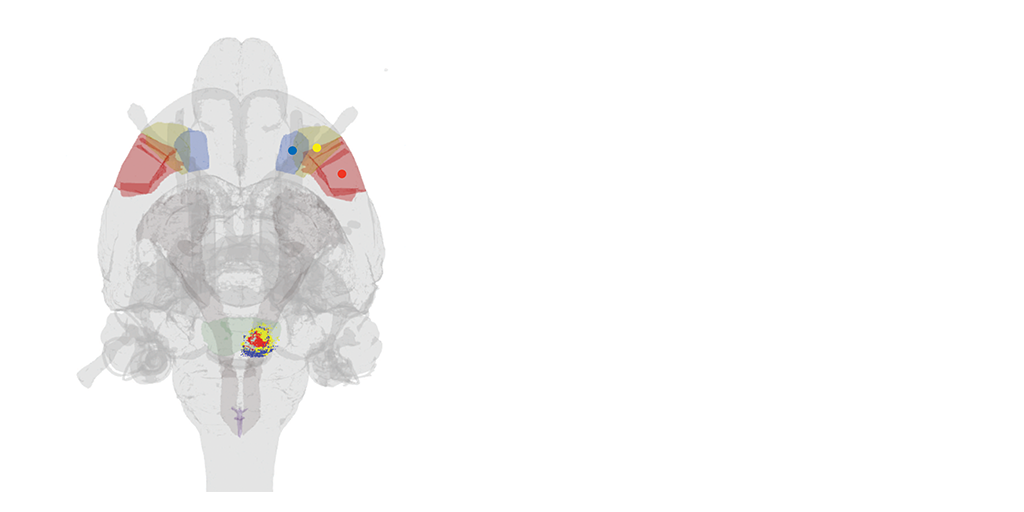- Paper Digest
How rodent atlases help to integrate brain data
28 November 2022
Human Brain Project researchers from University of Oslo have reviewed the current state of atlas-based data integration for mapping the connections and architecture of the rodent brain. These interactive, 3-dimensional atlases provide a standardized representation of anatomical location and connectivity between brain regions. When publicly available and enriched with metadata and analysis tools, these resources form the basis for a shared research language accessible to the whole scientific community.

While much of the HBP focuses on the human brain, rodents are an invaluable model organism for neuroscience. “Understanding their brain connectivity advances our understanding of normal brain function and changes that occur with aging and disease in humans” write Trygve Leergaard and Jan Bjaalie in their review, published in Science. “The new paradigm for research on brain connections and brain architecture is to bring the research data into the same reference space, share the data, and prepare the data for systematic reanalysis and reinterpretation. The atlases play a key role in this endeavor”.
One of such atlases is the advanced Waxholm Space rat brain atlas, which has so far amassed 25,000 downloads, more than 300 citations in scientific literature, and has been integrated into several services or products such as the Neuroinfo software of MBF Bioscience and the EBRAINS digital research infrastructure. The HBP has made both the Waxholm Space rat brain atlas and the Julich Brain Atlas openly available on EBRAINS.
Reference: Trygve B. Leergaard and Jan G. Bjaalie, Atlas-based data integration for mapping the connections and architecture of the brain, Science, DOI: 10.1126/science.abq2594
Find the Waxholm Space rat brain atlas on EBRAINS:
https://ebrains.eu/service/rat-brain-atlas/



